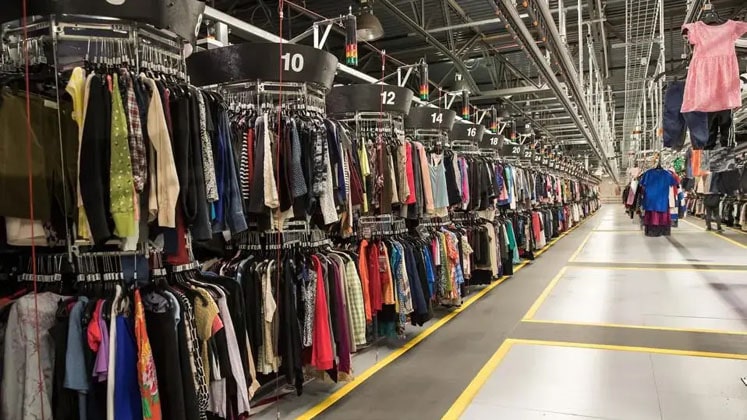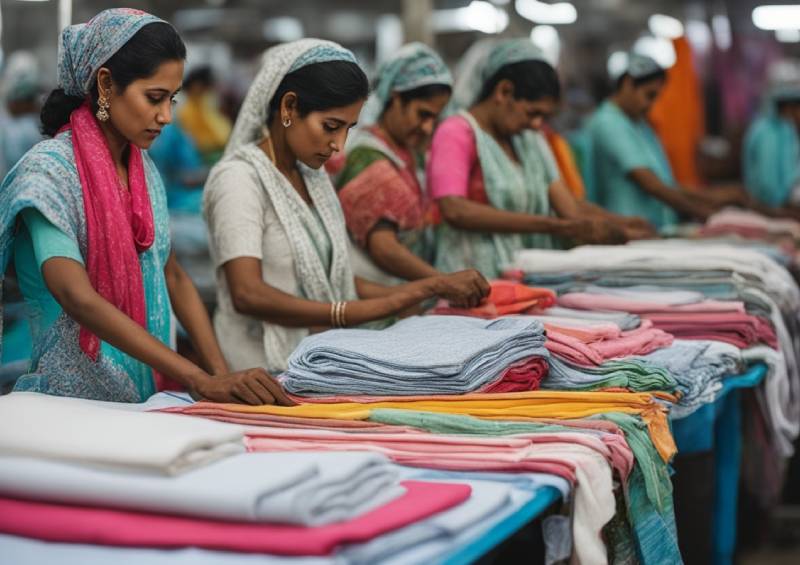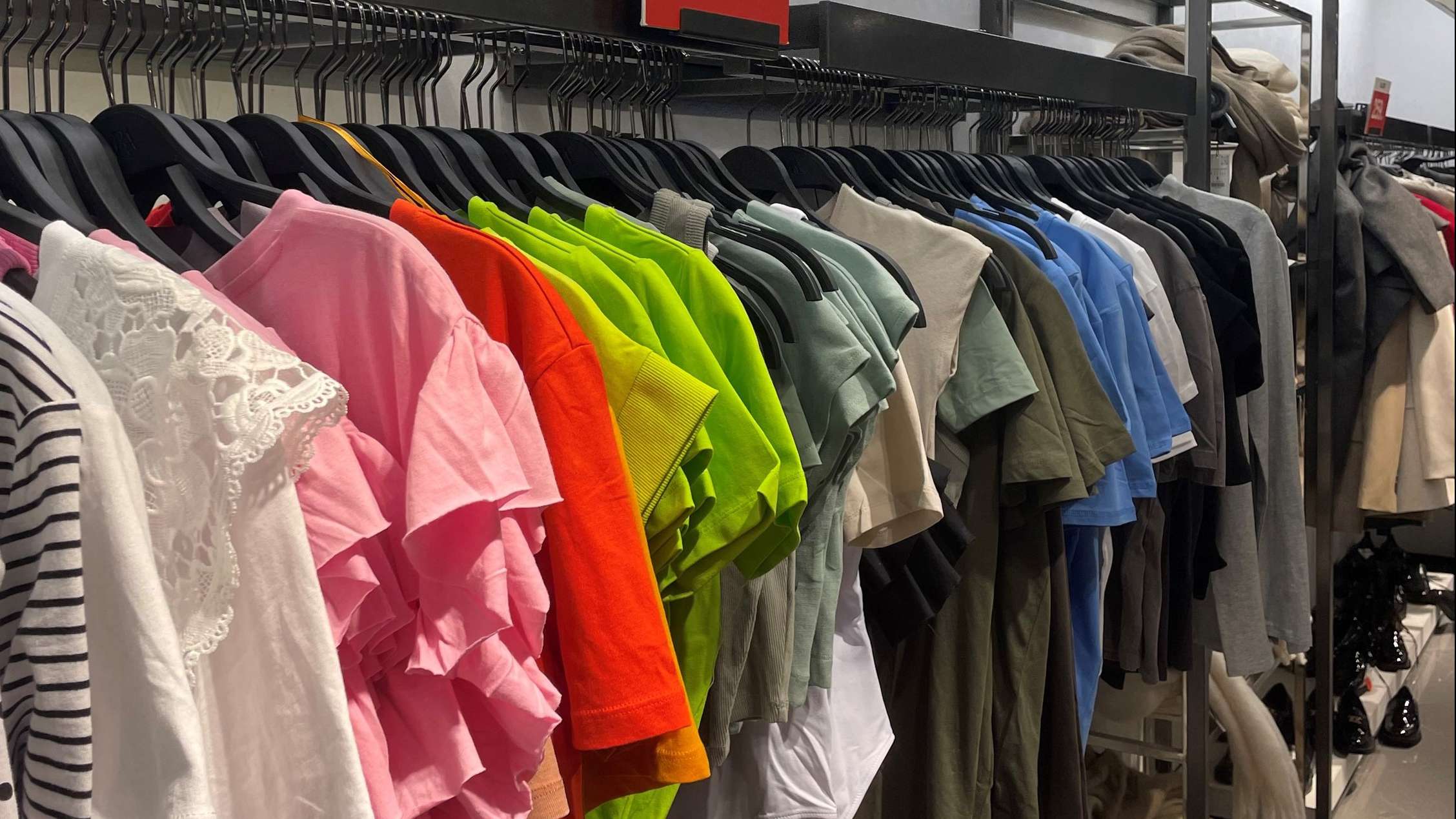In 1973, 2.4 million people worked in the US textile and manufacturing industries.By 1996, that number had dropped to 1.5 million. Today, the industry employs just 3,85,000 people. After cheap labor led to companies taking their businesses overseas in the ’80s and ’90s, almost 98 per cent of American apparel is now being made abroad.
But recent investments in automation and technology at American factories, as well as a rising emphasis on Made in America’ products, are promising for the domestic manufacturing industry. For US apparel companies, keeping their supply chain in the US is less a valiant act of patriotism and more about maintaining clarity and control over production. Direct-to-consumer brands that aren’t beholden to wholesale pay-outs and promotional cycles don’t need to send their production overseas in order to cut costs. And by keeping production domestic, direct-to-consumer brands get another advantage: they can react quicker to customer demands.
To get a low price overseas, companies have to order a lot of product, and have to order it at least six months in advance. But more and more, customers don’t want something produced in such massive quantities. Retail is getting pushed hard, and people aren’t shopping the way that they used to.
US textile and apparel companies turning to domestic production
- 1
- 2
- 3
- 4
- 5
- 6
- 7
- 8
- 9
- 10
Wrap-Up Report 2024: The global denim fabric sector in all about transformation …
The global denim fabric sector was marked by both challenges and opportunities in 2024. While the industry grappled with economic... Read more
Wrap-up 2024 Textile Trade: Who won and who lost in a year of global upheaval
Year 2024 was a dynamic one for the global textiles sector, marked by shifting geopolitical sands, evolving consumer preferences, and... Read more
Year 2024: Global apparel trade sees a change in landscape
The global apparel trade is undergoing a significant transformation, says a recent report by Wazir Advisors. Titled ‘Apparel Trade Scenario... Read more
Fashion Goes Dark: The rise of dark stores in apparel e-commerce
The rise of dark stores is transforming the e-commerce landscape, and the fashion and apparel sector is no exception. This... Read more
The Global Apparel Sector in 2024: A wrap-up report
Year 2024 proved to be a dynamic one for the global apparel sector, marked by a complex interplay of economic,... Read more
Global Textiles Wrap Up 2024, Outlook 2025: Year of resilience and transformatio…
Year 2024 has seen dynamic shifts and surprising resilience in the global textile sector. Despite facing numerous challenges, the industry... Read more
Brands must adapt to win over the inclusive consumer: Kantar's Brand Inclusion I…
At a time marked by increasing awareness and demand for diversity, equity, and inclusion (DE&I), brands are at a critical... Read more
Bangladesh's RMG Sector: Facing challenges, seeking resilience
A new White Paper on the state of the Bangladesh economy has shed light on the challenges and opportunities facing... Read more
Bharat Tex 2025: India’s textile industry leads global innovation and sustainabi…
India's textile industry is a cornerstone of the economy, contributing 2.3 per cent to GDP and employing over 100 million... Read more
EU Garment Imports Shift: Consolidation gives way to diversification
A new analysis of EU garment import data from the International Trade Commission reveals a shift in sourcing patterns. While... Read more












